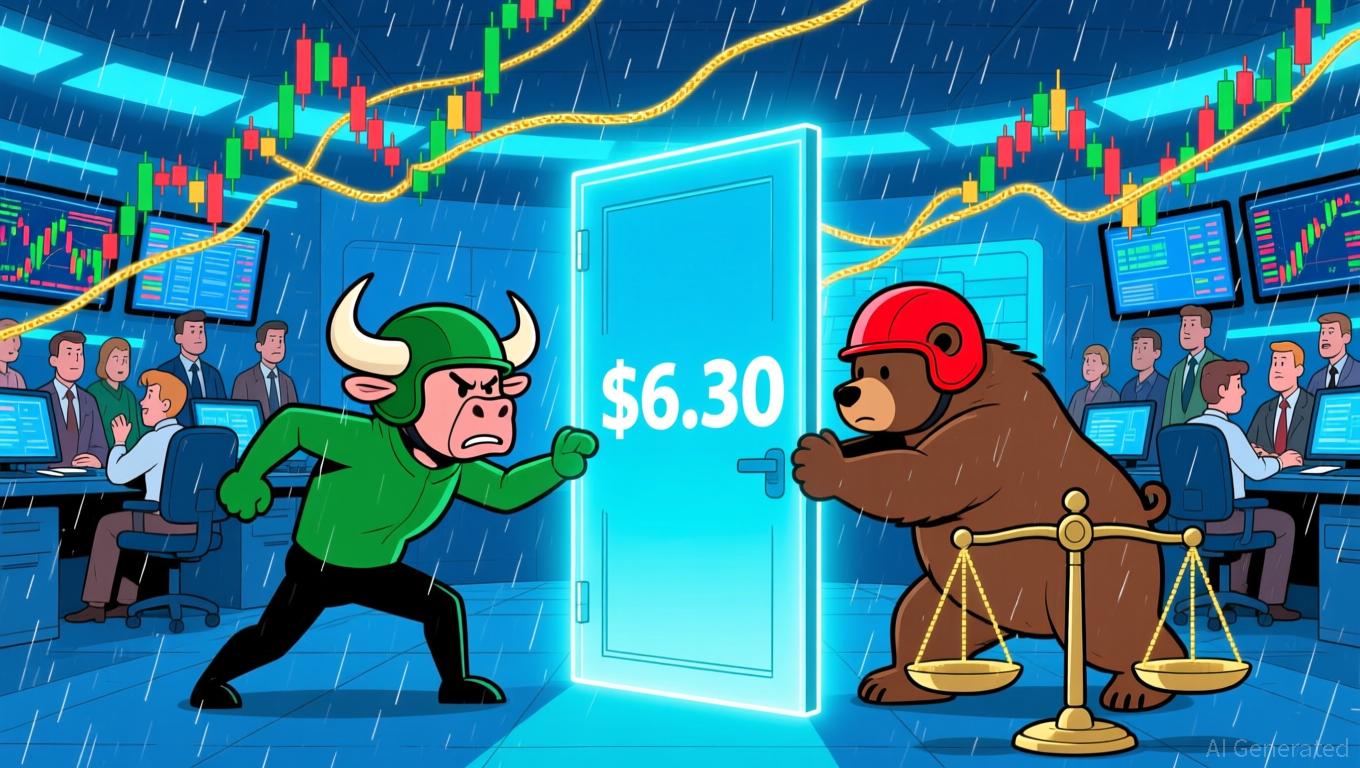
- USDT and USDC drop to 83.6% market share as rivals like USDe, PYUSD, and bank coins gain ground.
- Ethena’s USDe surges to $14.7B, leading new yield-bearing stablecoins reshaping the market.
- ING, UniCredit, JPMorgan, and Citi push into stablecoins, challenging Tether and Circle’s dominance.
Tether’s USDt (USDT) and Circle’s USDC (USDC), the two largest stablecoins by market capitalization, are showing signs of losing their long-standing dominance in the digital asset sector.
Despite both tokens growing in absolute market cap, their combined market share has fallen by more than 5% over the past year, suggesting a shifting landscape for stablecoins.
According to data from DefiLlama and CoinGecko, USDT and USDC’s share of the stablecoin market dropped from 89% a year ago to 83.6% as of October 2025.
Industry analysts say this marks the beginning of a new phase in which alternative issuers — including startups and banks — are positioning themselves to challenge the duopoly.
USDT and USDC’s market share decline
The peak of USDT and USDC’s combined dominance came in March 2024, when the stablecoin market was valued at $140 billion.
At that time, Tether held approximately $99 billion in circulation, and Circle’s USDC accounted for $29 billion, together representing 91.6% of the market.
Since then, the dominance has steadily declined.
By October 2024, USDT and USDC represented 89% of the sector, and at present, they hold just 83.6%.
That reflects a 5.4% drop over the past year and a 3.4% decline since January.
Nic Carter, a partner at Castle Island Ventures, highlighted the trend in a post on X titled “The stablecoin duopoly is ending.”
He attributed the decline to three primary factors: competition from intermediaries, an intensifying race to attract users with yield-bearing stablecoins, and shifting regulatory dynamics following the introduction of the US GENIUS Act.
New Stablecoin challengers emerge
Carter noted that several new players have gained traction in the past year, reshaping the stablecoin landscape.
Among them are Sky’s USDS (USDS), Ethena’s USDe (USDE), PayPal’s PYUSD (PYUSD), and World Liberty’s USD1 (USD1).
Ethena’s USDe has been particularly notable, growing to a $14.7 billion supply by offering holders yields derived from crypto basis trades. Carter described USDe as “the biggest success story of the year.”
Other issuers, including Ondo with USDY, Paxos with USDG, and Agora with AUSD, are also entering the market with similar yield-bearing structures.
While regulatory scrutiny has intensified under the GENIUS Act, particularly around yield products, Carter believes the trend of offering returns to stablecoin holders will continue.
Meanwhile, Circle is exploring ways to introduce yield features for USDC in partnership with Coinbase, signaling that incumbent issuers may adapt to the competitive pressure.
Banks enter the Stablecoin arena
Beyond fintech startups, traditional banks and financial institutions are also moving into the sector.
Carter suggested that bank-led stablecoin consortia have the strongest potential to rival Tether, as no single bank has the reach to scale a stablecoin alone.
Recent developments support this prediction.
In September, Dutch bank ING announced a joint venture with Italy’s UniCredit and seven additional European lenders to build a euro-denominated stablecoin.
The project, designed to comply with Europe’s Markets in Crypto-Assets (MiCA) regulation, is expected to launch in the second half of 2026.
In the US, a stablecoin initiative involving JPMorgan and Citigroup has also been reported, with Carter predicting that such collaborations could fundamentally alter the balance of power in the market.
As competition accelerates, USDT and USDC may retain their leading roles but face an increasingly fragmented environment.
The shift marks a critical phase for the industry, where regulatory oversight, yield innovation, and institutional adoption are set to reshape the global stablecoin market.



